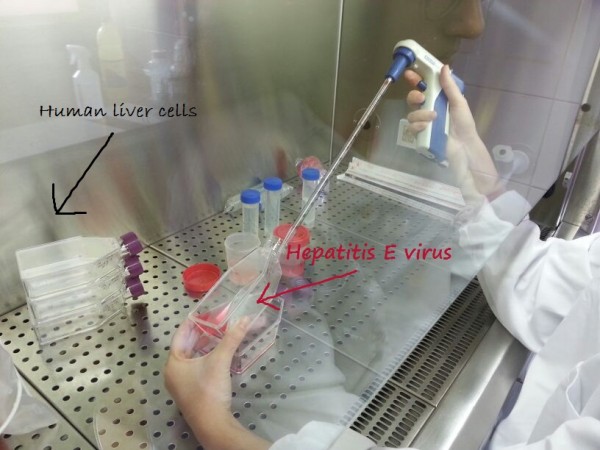Chlorine inactivation of hepatitis E virus and human adenovirus 2 in water

Hepatitis E virus (HEV) is transmitted via the fecal-oral route and has been recognized as a common source of large waterborne outbreaks involving contaminated water in developing countries. Thus, there is the need to produce experimental data on the disinfection kinetics of HEV by chlorine in water samples with diverse levels of fecal contamination. Here, the inactivation of HEV and human adenovirus C serotype 2 (HAdV2), used as a reference virus, was monitored using immunofluorescence and quantitative reverse transcription polymerase chain reaction (RT-qPCR) assays. HEV has been shown to be susceptible to chlorine disinfection and presented equivalent kinetics to human adenoviruses. The C(t) values observed for a 2-log reduction of HEV were 0.41 in buffered demand-free water and 11.21 mg/L × min in the presence of 1% sewage. The results indicate that the inactivation kinetics of HEV and HAdV2 are equivalent and support the use of chlorine disinfection as an effective strategy to control HEV waterborne transmission.